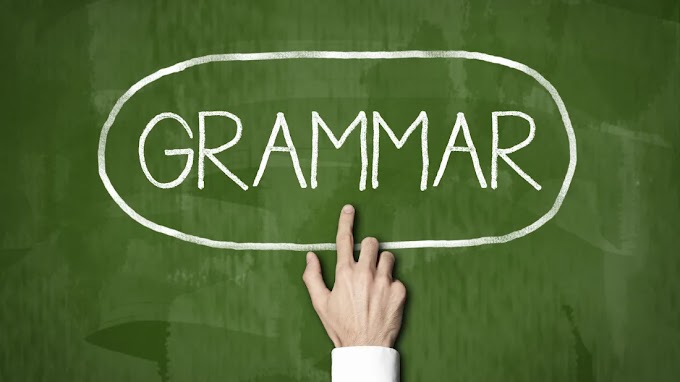Directed and Indirect Speech
Direct Speech
|
Indirect
Speech
|
Simple present
She
said, “I go to temple every day.”
|
Simple Past
She
said (that) she went to temple
every day.
|
Simple past
She
said, “I went to temple every
day.”
|
Past Perfect
She
said (that) she had gone to temple
every day.
|
Present perfect
She
said, “I have gone to temple every
day.”
|
Past perfect
She
said (that) she had gone to temple
every day.
|
Present Continuous
She
said, “I am going to temple every
day.”
|
Past continuous
She
said (that) she was going to the
temple every day.
|
Past continuous
She
said, “I was going to temple every day.”
|
Perfect continuous
She
said (that) she had been going to
temple every day.
|
Future (will)
She
said, “I will go to temple every
day.”
|
Would +verb name
She
said (that) she would go to temple
every day.
|
Future
(going to)
She
said, “I am going to temple every
day.”
|
Present progressive
She
said (that) she is going to temple
every day
Past progressive
She
said (that) she was going to temple
every day.
|
DIRECT SPEECH
|
INDIRECT SPEECH
|
Auxiliary+ verb name
She
said, “Do you go to temple every
day?”
She said, “where do you go to temple?”
|
Simple past
She
asked me if I went to temple every
day.
She
asked me where I went to temple.
|
Imperative
She
said, “Go to temple every day.”
|
Infinitive
She
said to go to temple every day.
|
The situation changes when say is used instead of said.
In this case, the verb usually remains the same.
DIRECT SPEECH
|
INDIRECT SPEECH
|
Simple
present +simple present
She
says, “I go to temple every day.”
|
Simple Present + Simple Present
She
says (that) she goes to temple every day.
|
Present perfect +simple present
She
has said, “I go to temple every day.”
|
Present perfect + simple present
She
has said (that) she goes to temple
every day.
|
Past continuous + simple past
She
was saying, “I went to temple
every day.”
|
Past continuous + simple past
She
was saying (that) she went to
temple every day.
Past continuous + past perfect
She
was saying (that) she had gone to
temple every day.
|
Future + simple present
She
will say, “I go to temple every day.”
|
Future + simple present
She
will say (that) she goes to temple every day.
|
Sometimes, modal
constructions are used when the verb is said. In such case, we use the form of
the modal that has a past meaning is used. Look at the example given below:
DIRECT SPEECH
|
INDIRECT
SPEECH
|
Can
|
Could
|
May
|
Might
|
Must
|
Had
to
|
Should
|
Should
|
Ought
to
|
Ought
to
|
Becomes (Vice- versa)
Remember:
When you are asked with Yes/No question in Direct Speech, you have to construct the
sentence using If/Whether.If
you are asked with WH
question in direct speech, and then use the WH to introduce the clause.
The word expressing nearness of time/place is
changed into words showing distance. Look at the example given below:
Now
|
Becomes
|
then
|
This
|
Becomes
|
That
|
Here
|
Becomes
|
there
|
These
|
Becomes
|
Those
|
Hence
|
Becomes
|
Thence
|
Hither
|
Becomes
|
Thither
|
Thus
|
Becomes
|
So
|
Ago
|
Becomes
|
Before
|
Come
|
Becomes
|
Go
|
Today
|
Becomes
|
That
day
|
Yesterday
|
Becomes
|
The
previous day
|
Tonight
|
Becomes
|
That
night
|
Last
night
|
Becomes
|
The
previous night
|
Tomorrow
|
Becomes
|
The
next day
|








0 Comments